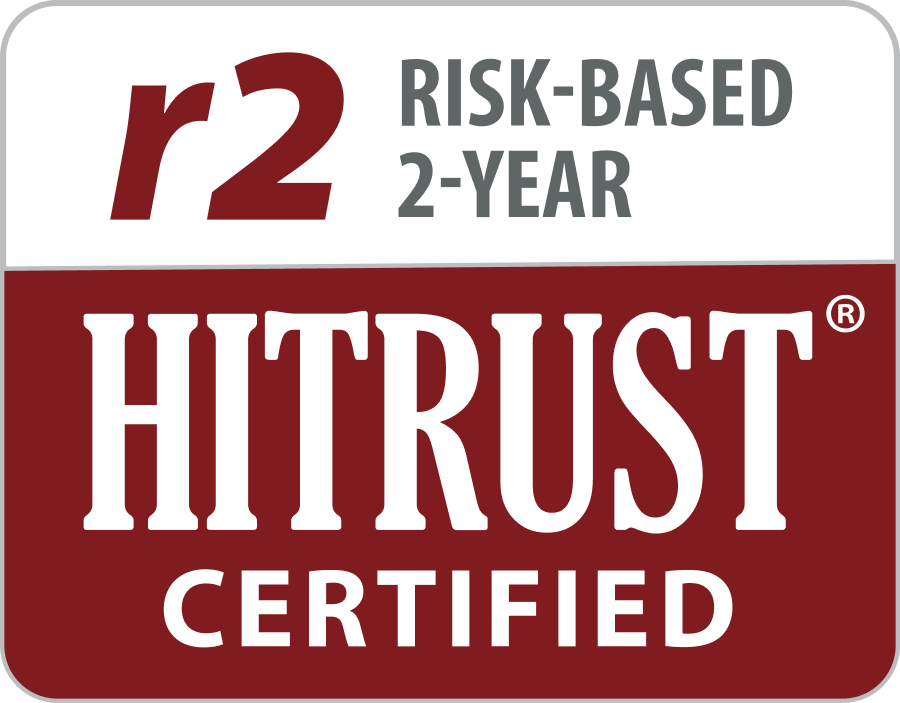
by Lynn Kryfke, MSN, RN, Sr. Consultant, Risk Adjustment | Jon Rogers, Sr. Consultant, Risk Adjustment
As CMS continues to evolve its Medicare Advantage risk adjustment methodology, significant changes have been made to the behavioral health Hierarchical Condition Categories (HCCs). Starting with the 2024 payment year, the risk adjustment model now employs a blended risk score methodology using both the V24 and V28 models. The V28 model has expanded behavioral health HCCs from seven in the V24 model to ten in the V28 model. However, the number of individual ICD10 Dx codes that map to HCCs has decreased from 1319 to 903 between the V24 and V28 models. For example, for HCC059 (major depressive, bipolar, and paranoid disorders), more than half of the ICD10 Dx codes no longer map to an HCC in the V28 model.
Despite efforts to more accurately capture behavioral health conditions, and given their significant prevalence, they remain underreported. It is crucial to address this issue by accurately documenting and coding behavioral health conditions.
The following tables compare the mapping of diagnostic codes between the V24 and V28 models.

CMS’ New Innovation in Behavioral Health Model
CMS recently announced the Innovation in Behavioral Health Model, an approach aimed at improving quality of care, access, and outcomes for people with mental health conditions and substance use disorders. The goal is to connect adults with comprehensive supports—physical, behavioral, and social—to manage their care effectively. According to CMS, behavioral health conditions significantly impact the Medicare and Medicaid populations: 25% of people with Medicare experience mental illness, and 40% of adults with Medicaid experience mental illness or substance use disorders. This underscores the importance of engaging providers in complete, accurate, and specific ICD10 Dx documentation and coding practices to fully report the burden of illness among beneficiaries.
Integrating Mental Health Services Into Primary Care
Given the impact of behavioral health on Medicare and Medicaid recipients, including reduced access and the stigma associated with mental health conditions, integrating mental health services within the primary care setting presents an innovative solution. According to Make Health Whole, behavioral health and primary care integration is defined as “patient-centered care that addresses mental health and substance use conditions, health behaviors, life stressors, and stress-related physical symptoms, provided by a team of primary care and behavioral health clinicians.” For health plans, effective behavioral health population management extends beyond the provider to encompass the community, necessitating coordinated action across healthcare, social services, employers, schools, and community services.
Collaboration to Manage Increasing Demand for Behavioral Health Services
Fostering collaboration among providers, payers, and regulatory bodies is crucial. This collaboration is essential for acquiring comprehensive patient information to manage the increasing demand for behavioral health services through coordinated care and resource alignment effectively. The integration of behavioral health into primary care settings, as demonstrated by the Innovation in Behavioral Health Model, not only promises enhanced access to treatment but also has the potential to significantly improve healthcare outcomes for beneficiaries. By working together, stakeholders can leverage the benefits of integrated care models to meet the evolving needs of individuals and communities.
Stay on top of trends related to how risk adjustment evolves to capture the complexities of health and well-being. ATTAC Consulting Group has the expertise and experience to keep accuracy of risk scores in the forefront of your organization’s risk adjustment program. With a pulse on the latest CMS and OIG trends, and the knowledge of where to look, ATTAC is uniquely positioned to aid in your organization’s risk adjustment programs.

